Art in Construction reflects on research
ETH Zurich supports art in construction, and, as part of a project competition, has selected art projects by Maya Rochat and Yves Netzhammer that take an innovative approach to reflecting on teaching and research in the two ETH buildings BSS and ML-FHK. Implementation is scheduled to start at the beginning of 2021.
Two new art projects will soon be adorning ETH premises – both in Zurich and Basel, new art will be installed that reflects on the activities of the ETH researchers who work there, and will lend the space an additional inspirational feel.
In Basel, where ETH Zurich is constructing a new research building for the Department of Biosystems (D-BSSE), the Swiss artist Yves Netzhammer will realise the project “Ausweichmanöver biologischer Anziehung” (“Evasion of Biological Attraction”).
The project “Language of Color” by the Lausanne artist Maya Rochat, who is known for her room installations, will be realised in Zurich. Her artistic intervention will stand in the historic building complex of the machinery laboratory and the district heating power plant (ML-FHK), which is currently being renovated by ETH Zurich. This location is occupied by researchers from the Department of Mechanical and Process Engineering, and a Student Project House is being constructed in which students can implement their own projects.
Winning projects in pictures
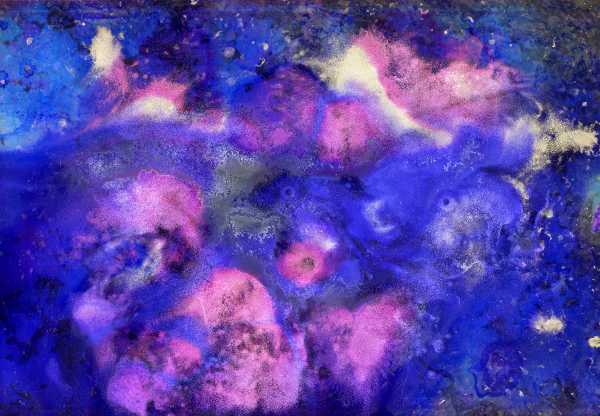
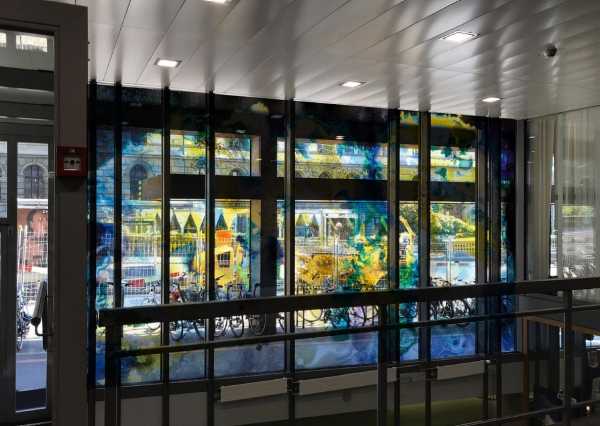
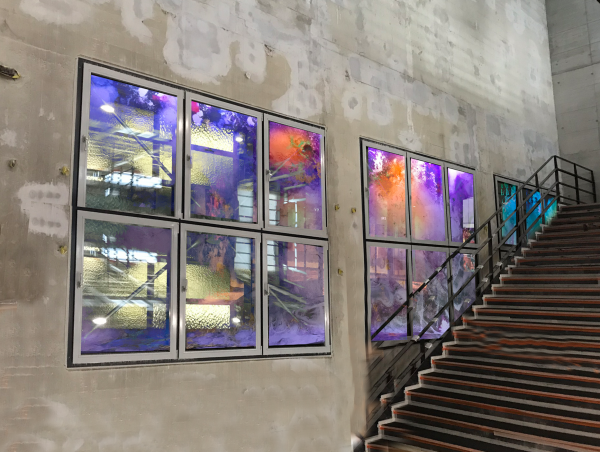
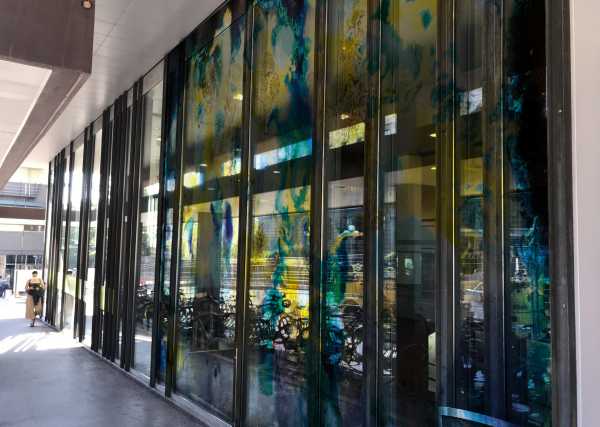
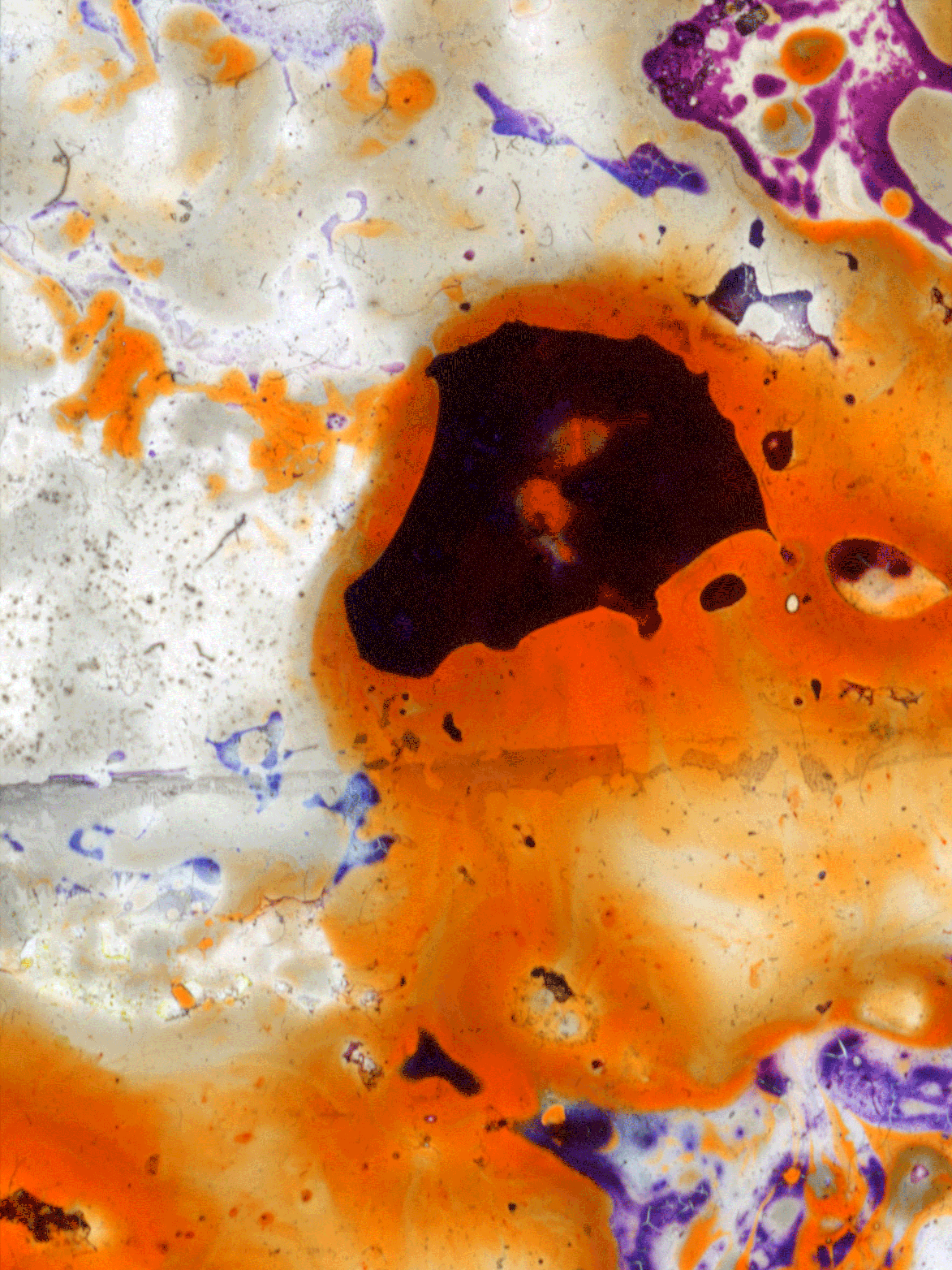
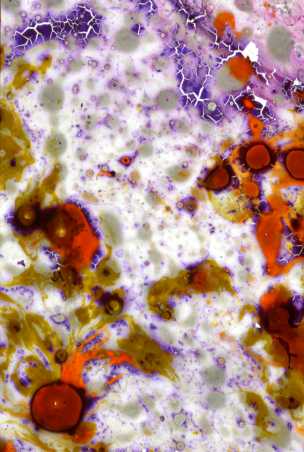
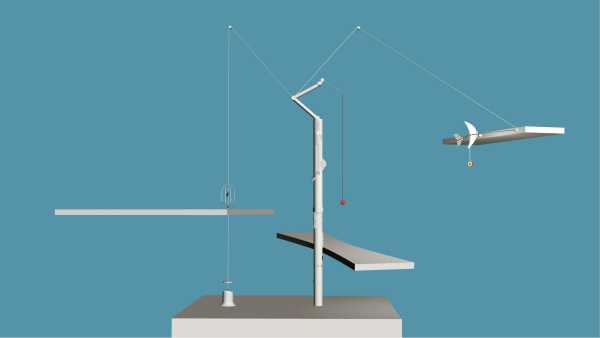
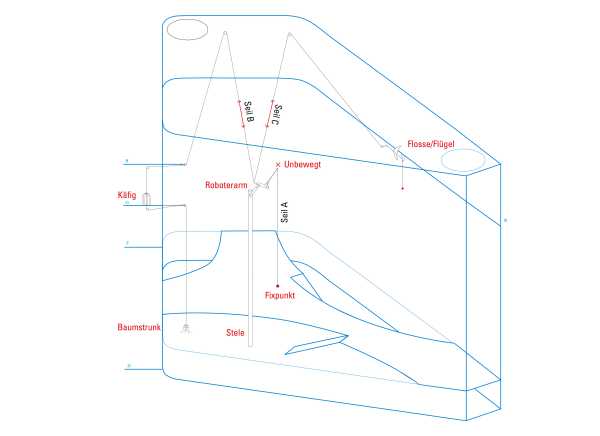
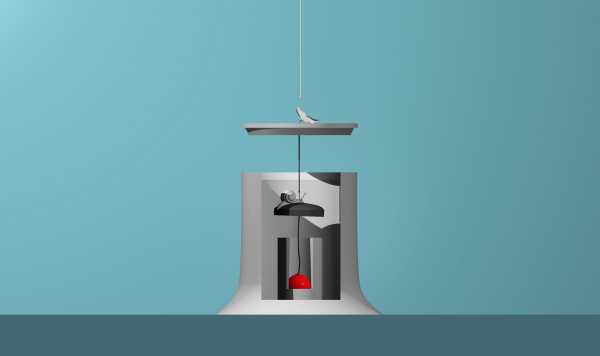
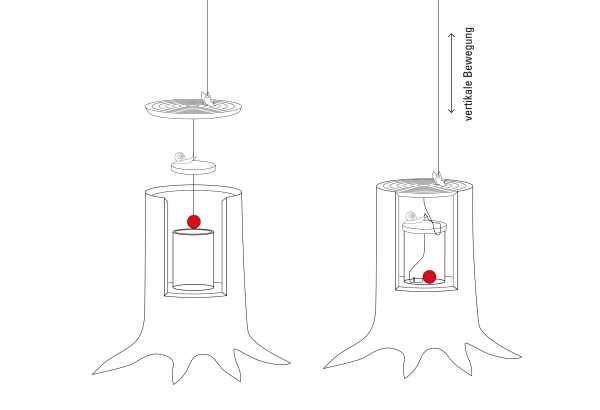

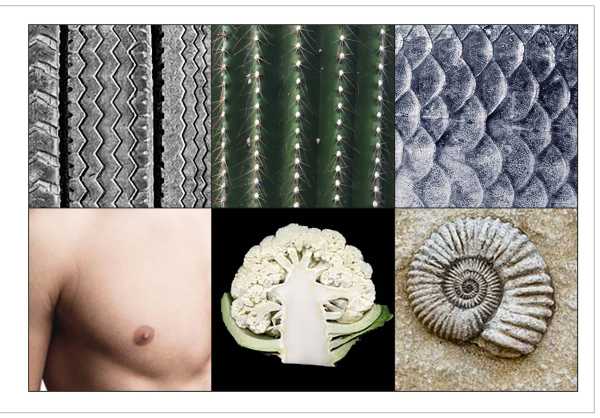
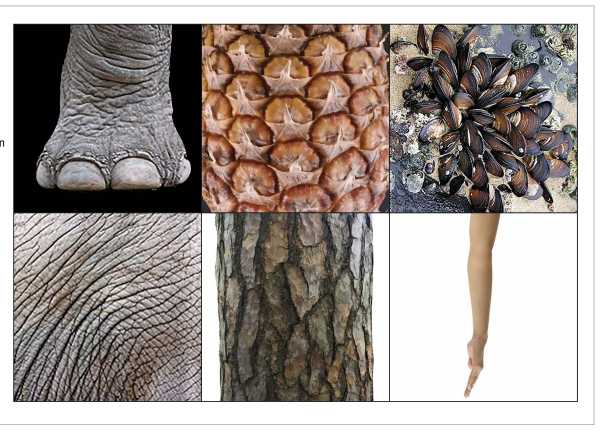
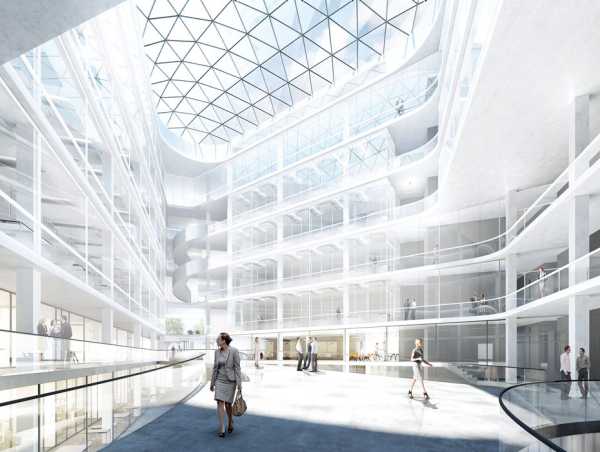
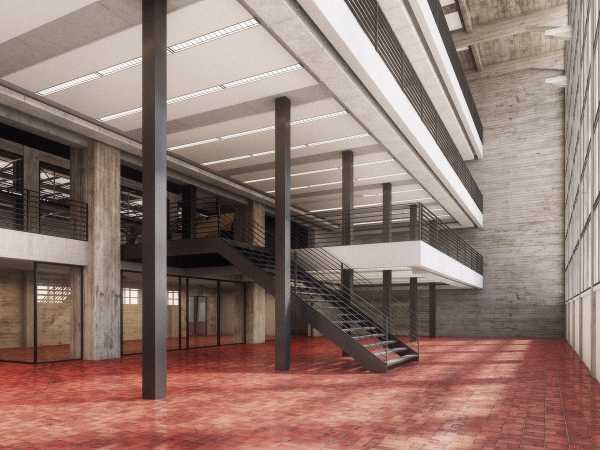
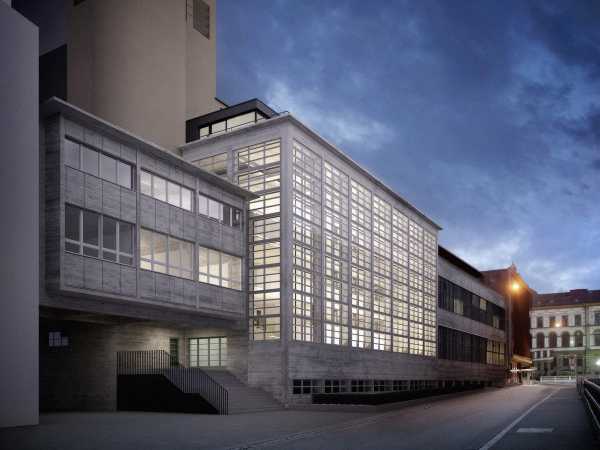
Links between art and research
These art projects were selected at the end of November by ETH Zurich's Art in Construction Commission as the winners of two separate project competitions. ETH Zurich evaluated the “Art in Construction” project this July as part of the BSS construction and the renovation of the ML-FHK building. As ETH Zurich is a federal university, artists resident in Switzerland or those with a clear Swiss connection were invited to enter. Seven innovative art projects were submitted for Basel and four for Zurich, all from a wide range of artists who took on the task of approaching the topic of research from an artistic perspective. The competition budget was CHF 530,000 for Basel and CHF 300,000 for Zurich, and was ETH’s first project competition for Art in Construction since 2001, when art installations were realised for the CAB and CHB buildings. The new art projects by Rochat and Netzhammer will be realised from January 2021 onwards.
Linda Schädler, Head of the Collection of Prints and Drawings at ETH Zurich and member of the Art in Construction Commission, said of the winners: “Both Yves Netzhammer and Maya Rochat reflect on aspects of research in their projects, creating an effective link to the scientific work on site.”
Yves Netzhammer, who is from Schaffhausen, said of the success of his latest project: “I’m delighted that such an experimental project, one that is far from easy to verbalise, has received the recognition it needs in order to be developed further.”
Robotics with echo effect
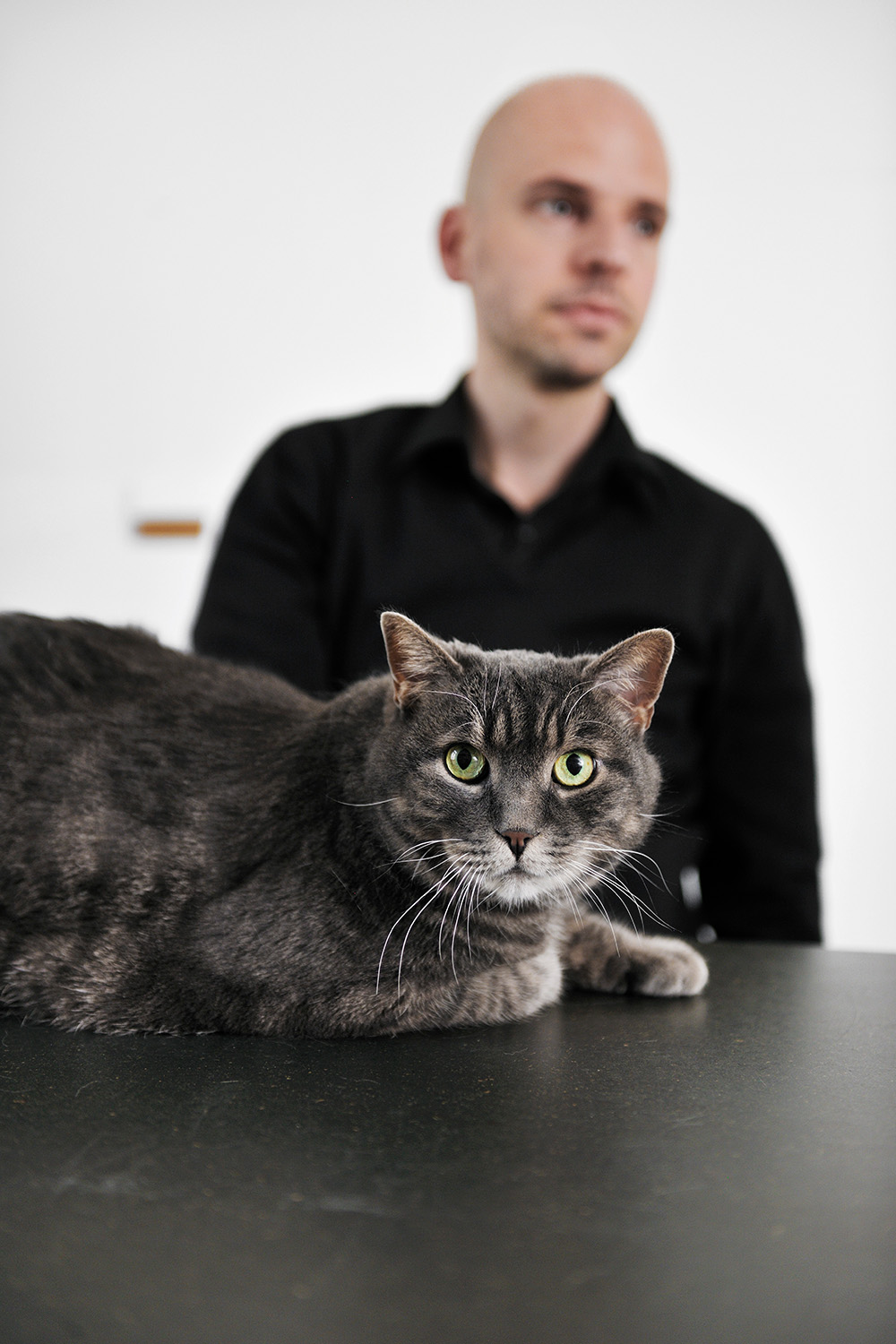
Yves Netzhammer plans to develop an extensive installation for the atrium of the new BSS building, consisting of an industrial robot – a moving, three-part installation entitled “The Mobile”. The focal point of the installation will be the centrally mounted 16-metre-tall pillar reminiscent of a totem pole. “The result will be an artistic system conceived on the basis of image processes – a system that generates form, movement and meaning, and connects the close with the distant,” comments Netzhammer on his project.
The jury was convinced by the way in which his installation plays with natural elements, combining and composing them in a way that inspires reflection. The elements of the movable installation were recognised by the jury as “inspiring moments for perceptual experience”. The installation communicates the themes of robotics and synthetic biology, taking an artistic approach to reflecting on the work and research context of D-BSSE.
Colourful and immersive art experiment
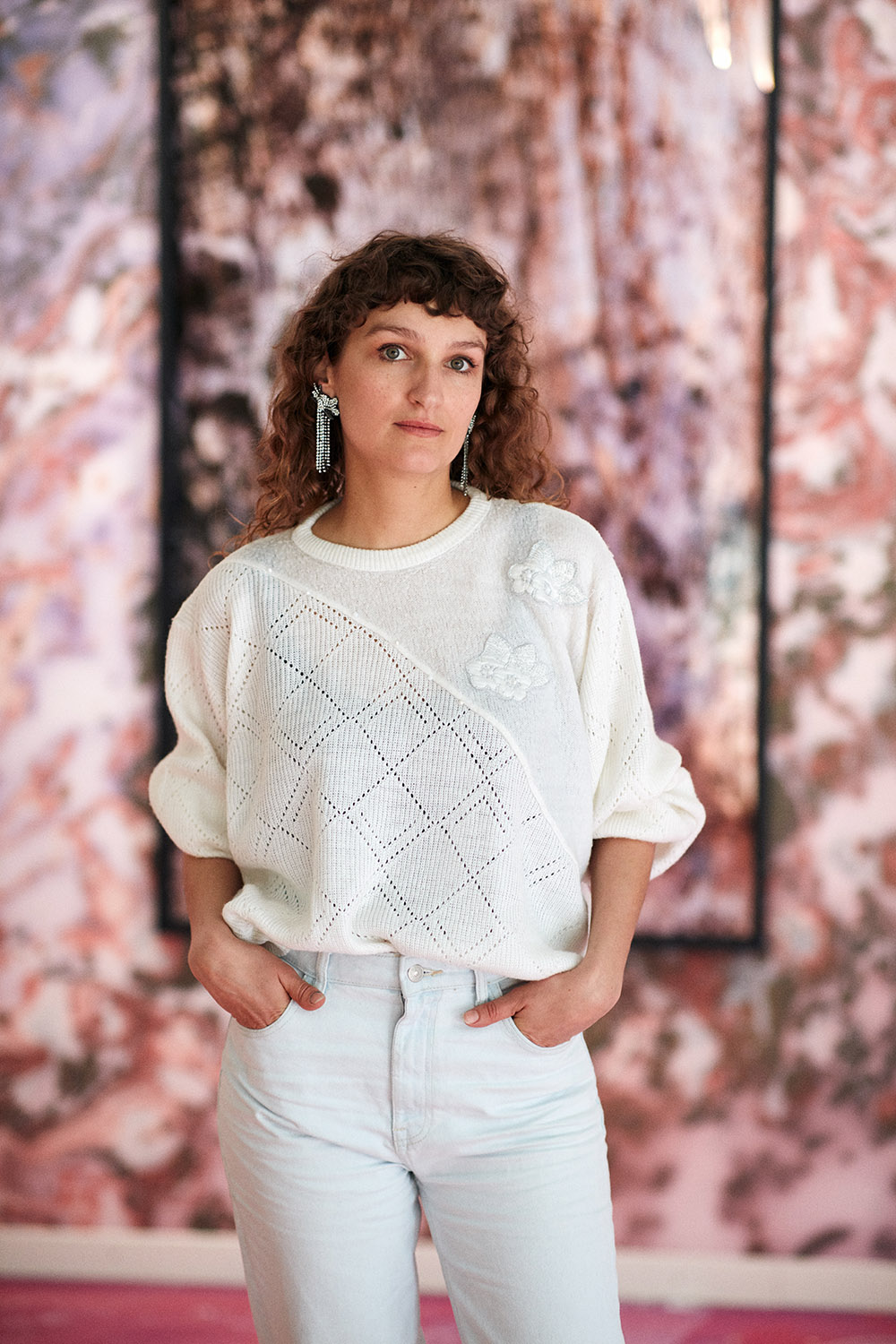
Maya Rochat will create a multi-part room installation in which colour plays a central role. Her project will be implemented in the Student Project House, in the lobby and in the staircase of the machinery laboratory – locations in which Rochat aims to create space for reflection and contemplation. “My organic imagery depicts the complex dialogue between natural and artistic elements, plays with creation and destruction, with boundaries and the idea of absolute fluidity,” says Maya Rochat about her work. Visitors will be invited to spend time immersing themselves in her colour rooms.
Rochat’s approach to integrating an art installation into the surrounding architecture has been well-received. She offers a counterpoint to the sober surroundings, creating a source of inspiration for students, researchers and staff. As an image researcher, she combines painting with light and experiments with new reproduction and image generation processes, thereby establishing a content-based connection with research processes at ETH. Her playful approach is a good match for the Student Project House, where students will implement their own projects.
Commitment to art at ETH
ETH Zurich supports the installation of art objects in and on ETH buildings. Ueli Weidmann, Vice President for Infrastructure and Chairman of the Art in Construction Commission, said of art at ETH: “Art in construction is an important element of building culture for us. It can offer some very different outlooks on the world, and encourages us to reflect on our own activities. From a first-rate selection, we were able to choose a compelling project for each of the two buildings, both of which are ideally suited to their respective contexts.”
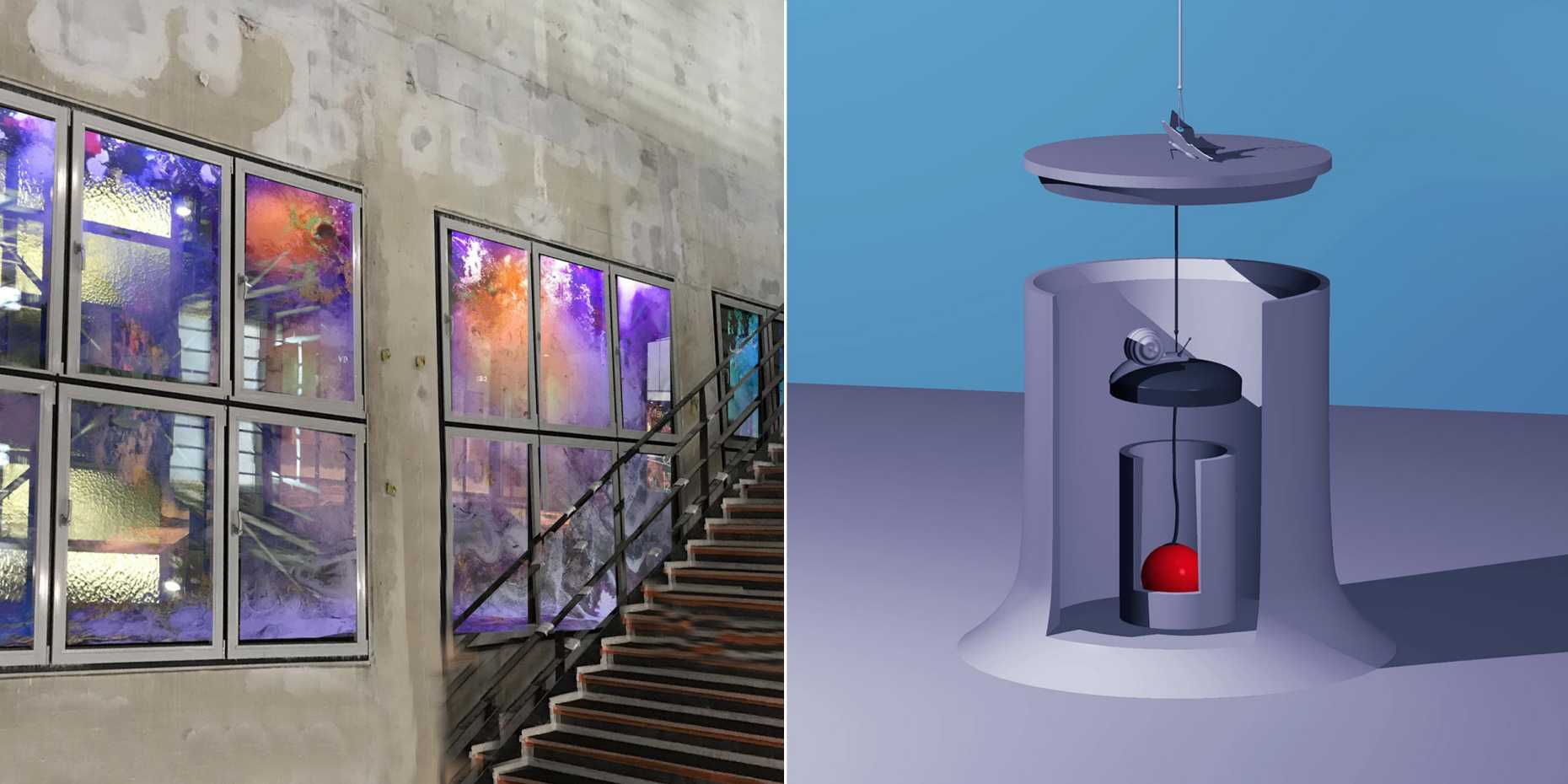
Comments
No comments yet